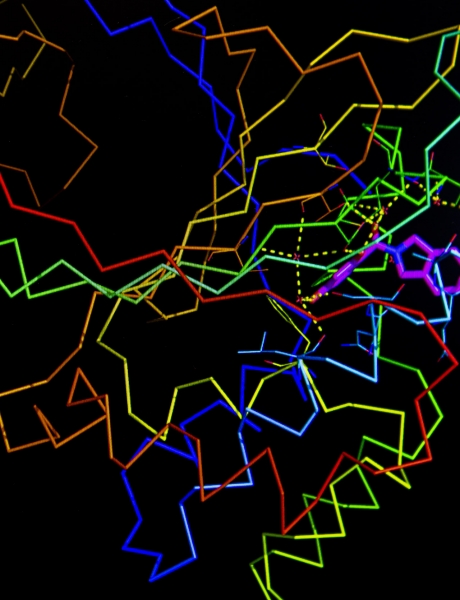
Over the last decade, and especially after the advent of fluorescent in situ hybridization imaging and Chromosome Conformation Capture methods, the availability of experimental data on genome three-dimensional (3D) organization has dramatically increased. We now have access to unprecedented details on how genomes organize within the interphase nucleus. Development of new computational approaches that leverage such data has already resulted in the first 3D structures of genomic domains and genomes. Such approaches expand our knowledge of the chromatin folding principles, which has been classically studied using polymer physics and molecular simulations. 3D Genomes proposes to continue developing computational approaches for integrating experimental data with polymer physics, thereby bridging the resolution gap for structural determination of genomes and genomic domains. Then, such methods will be applied to address outstanding questions in genome biology, which shall provide insight into the relationship between sequence-structure-function of genome and genomic domains.
The broad objective of 3D Genomes is to develop, apply and provide new computational methods for the structural determination of genomes and genomic domains. This objective will be accomplished by:
- Further develop the TADbit methodology.
- Building high-resolution 3D models of the fly genome to study the relationship between structure and epigenetics.
- Determining the structural determinants of eu- and hetero-chromatin.
- Characterizing a possible role of repetitive elements and lncRNAs in the structure of the mouse genome.
The immediate outcomes will be:
- An easy-to-use computational method for modeling the 3D structure of genomes.
- The analysis of the relationship between chromatin state (ie, the presence of chromatin markers) and the 3D structure of the fly genome.
- The first ever nano-resolution structure of a human genomic domain containing eu- and hetero-chromatin.
- A possible new role of lncRNAs in the overall organization of the mouse genome.
3D Genomes is a Plan Nacional project funded by the Programa Estatal de Fomento de la Investigación Científica y Técnica de Excelencia of the Spanish Ministry of Economy and Competitiveness.










